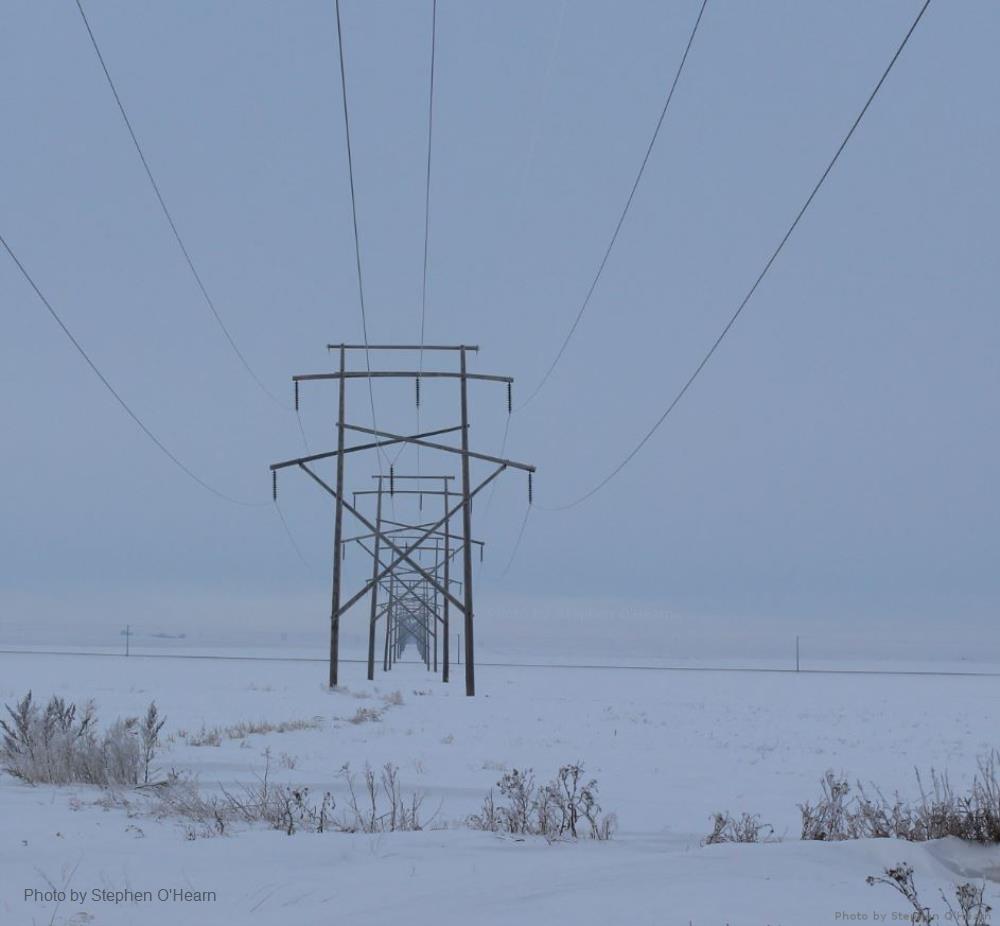
Related items loading ...
Section 1: Project Information
Project Name
WNM: We Need More than Just Water: Assessing Sediment Limitation in a Large Freshwater Delta
Led by
|
|
Lead 1
|
Lead 2
|
Lead 3
|
Lead 4
|
|
Name
|
Gary Carriere
|
Tim Jardine
|
|
|
|
Institution
|
Cumberland House
|
University of Saskatchewan
|
|
|
|
Role
|
Co-PI
|
Co-PI
|
|
|
|
Contact Information
|
gcarriere@sasktel.net
306-888-7530
|
tim.jardine@usask.ca
306-966-4158
|
|
|
Classification (e.g., "GWF Pillar 3", "CCRN", etc.)
GWF Pillar 3
Project Websites
Project Description
This project studies the feasibility of sediment restoration downstream of dams.
This project involves the three communities at Cumberland House
- Cumberland House Cree Nation,
- Northern Village of Cumberland House, and
- Métis Local 42
Over the past century, profound changes have occurred upstream of the Saskatchewan River Delta, the largest inland delta in North America and home of Swampy Cree and Métis people. Changes to the delta include major alterations to natural flow patterns, with less water reaching the delta during summer months and erratic flow pulses occurring on a daily basis. Importantly, changes also include trapping of sediment in upstream reservoirs – sediment that was once headed for the delta. To date, sediment starvation in the delta has led to erosion of the channel bed and banks, leaving once-productive off-channel wetlands high and dry, including the Old Channel, a critical water supply line for the Cumberland Marshes, an Important Bird Area.
This project will examine whether sediment restoration may be feasible for this once vibrant delta ecosystem. Together, we will determine historical understandings of floods and sediment transport through interviews with elders in the community whose lifespan predates upstream dam construction. We will test for toxicity in the sediments that are currently depositing in reservoirs to ensure that moving sediment back into the delta will not come with harmful side effects. We will create a model of sediment transport to determine where sediment will deposit under different scenarios (reduced or increased flow, addition of sediment, construction of additional dams and weirs). The entire process will be guided by a Delta Stewardship Committee whose members come from all three communities at Cumberland House. They will ultimately make a recommendation, based on the information gathered, as to whether to pursue sediment restoration to help rejuvenate and sustain the delta ecosystem and its people.
The major outcome of this work will be an improved understanding of the feasibility of sediment restoration downstream of dams. A water and sediment transport model and simulation tool will be developed that can be applied to the Saskatchewan River Delta as well as other deltas and floodplains that are subject to similar upstream stressors. Within the community, a sense of empowerment around planning will be built, allowing community leaders to guide the process from start to finish. We will build awareness among community members, the scientific community and policy makers of the critical importance of sediment for freshwater ecosystems.
Project Participants
|
Gary Carriere | Indigenous Co-PI | president,
Cumberland House Fishermen’s Co-operative
306-888-7530
gcarriere@sasktel.net |
Tim Jardine | Academic Co-PI | associate professor,
University of Saskatchewan
306-966-4158
tim.jardine@usask.ca |
Current Status of this Project


 GWFNet
GWFNet Master
Master Data
Data Research
Research Map
Map
 Advanced
Advanced Tools
Tools
 . . .
. . .
 Metadata Editor
Metadata Editor
 Record List
Record List
 Alias List Editor
Alias List Editor
 Legacy sites
Legacy sites